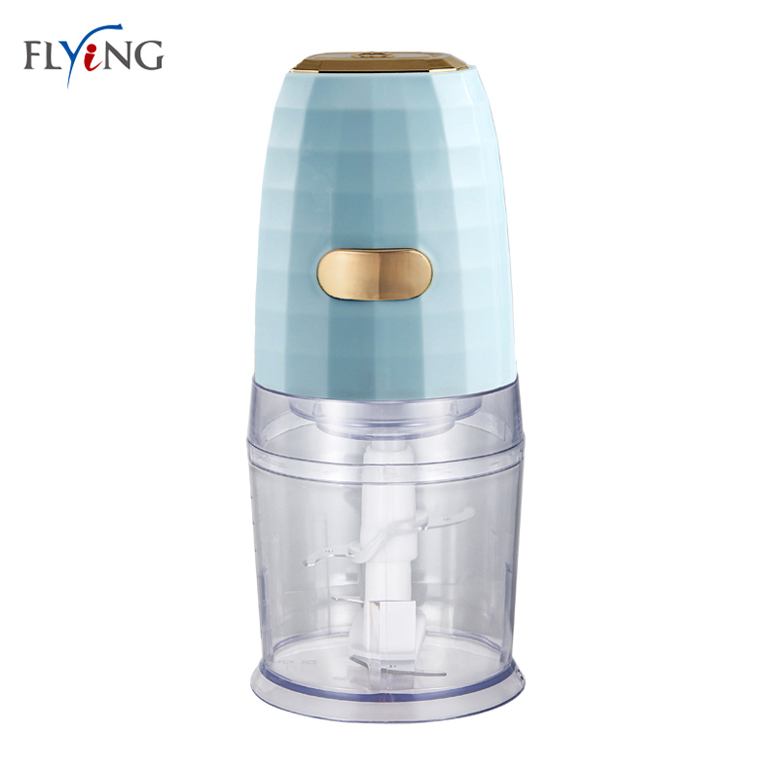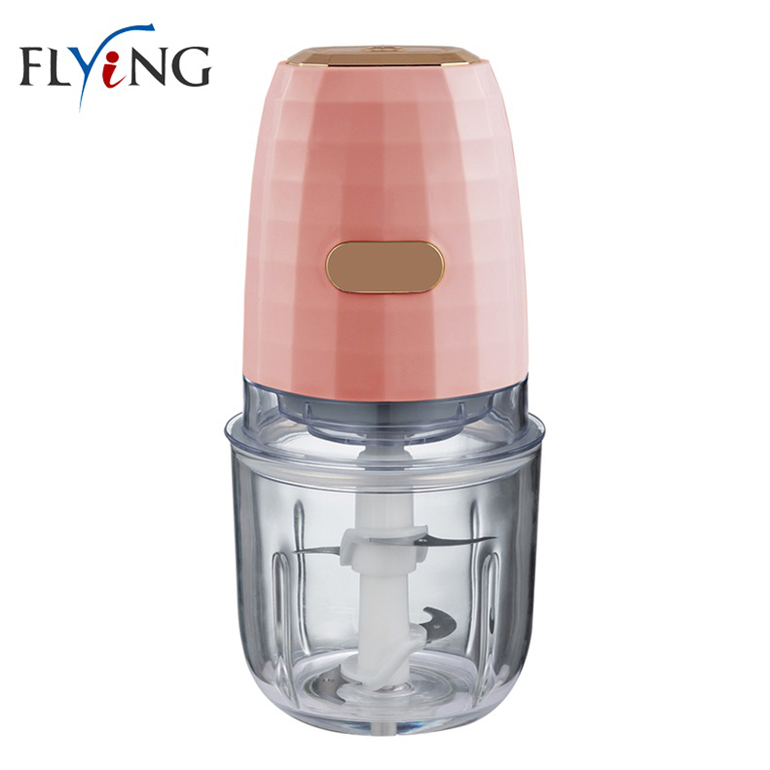Although pneumatic cylinders will vary in appearance, size and function, they generally fall into one of the specific categories shown below. However there are also numerous other types of pneumatic cylinder available, many of which are designed to fulfill specific and specialized functions.
Single-acting cylindersSingle-acting cylinders (SAC) use the pressure imparted by compressed air to create a driving force in one direction (usually out), and a spring to return to the "home" position. More often than not, this type of cylinder has limited extension due to the space the compressed spring takes up. Another downside to SACs is that part of the force produced by the cylinder is lost as it tries to push against the spring.
Double-acting cylindersDouble-acting cylinders (DAC) use the force of air to move in both extend and retract strokes. They have two ports to allow air in, one for outstroke and one for instroke. Stroke length for this design is not limited, however, the piston rod is more vulnerable to buckling and bending. Additional calculations should be performed as well.
Multi-stage, telescoping cylinders
Telescoping cylinders, also known as telescopic cylinders can be either single or double-acting. The telescoping cylinder incorporates a piston rod nested within a series of hollow stages of increasing diameter. Upon actuation, the piston rod and each succeeding stage "telescopes" out as a segmented piston. The main benefit of this design is the allowance for a notably longer stroke than would be achieved with a single-stage cylinder of the same collapsed (retracted) length. One cited drawback to telescoping cylinders is the increased potential for piston flexion due to the segmented piston design. Consequently, telescoping cylinders are primarily utilized in applications where the piston bears minimal side loading.
Other typesAlthough SACs and DACs are the most common types of pneumatic cylinder, the following types are not particularly rare:
Through rod air cylinders: piston rod extends through both sides of the cylinder, allowing for equal forces and speeds on either side. Cushion end air cylinders: cylinders with regulated air exhaust to avoid impacts between the piston rod and the cylinder end cover. Rotary air cylinders: actuators that use air to impart a rotary motion. Rodless air cylinders: These have no piston rod. They are actuators that use a mechanical or magnetic coupling to impart force, typically to a table or other body that moves along the length of the cylinder body, but does not extend beyond it. Tandem air cylinder: two cylinders are assembled in series in order to double the force output. Impact air cylinder: high velocity cylinders with specially designed end covers that withstand the impact of extending or retracting piston rods. Rodless cylindersSome rodless types have a slot in the wall of the cylinder that is closed off for much of its length by two flexible metal sealing bands. The inner one prevents air from escaping, while the outer one protects the slot and inner band. The piston is actually a pair of them, part of a comparatively long assembly. They seal to the bore and inner band at both ends of the assembly. Between the individual pistons, however, are camming surfaces that "peel off" the bands as the whole sliding assembly moves toward the sealed volume, and "replace" them as the assembly moves away from the other end. Between the camming surfaces is part of the moving assembly that protrudes through the slot to move the load. Of course, this means that the region where the sealing bands are not in contact is at atmospheric pressure.
Another type has cables (or a single cable) extending from both (or one) end[s] of the cylinder. The cables are jacketed in plastic (nylon, in those referred to), which provides a smooth surface that permits sealing the cables where they pass through the ends of the cylinder. Of course, a single cable has to be kept in tension.
Still others have magnets inside the cylinder, part of the piston assembly, that pull along magnets outside the cylinder wall. The latter are carried by the actuator that moves the load. The cylinder wall is thin, to ensure that the inner and outer magnets are near each other. Multiple modern high-flux magnet groups transmit force without disengaging or excessive resilience.
https://en.wikipedia.org/wiki/Pneumatic_cylinder
0.6L Food Choppers
Kitchen use Flying food chopper is your best choice :
-Exceptional Blades For The Ideal Uniformity.
-Basic Pulse Phase To Chop With Detail And Ease.
-Comes With Super Regulated And Steady Cutting.
-Pulse Stage To Chop, Mince, Puree With Perfection.
Description for 0.6L Food Choppers
Power: 250W/300W/350W
with plastic bowl
1 speed easy to control
Safety lock protection
Anti-slip rubber feet
20pcs/ctn


0.6L Food Choppers,0.6L Electric Food Chopper,Hand Blender With Chopper,Electric Veggie Dicer Chopper
Flying Electronic Co., Ltd , https://www.flyingelectronic.com